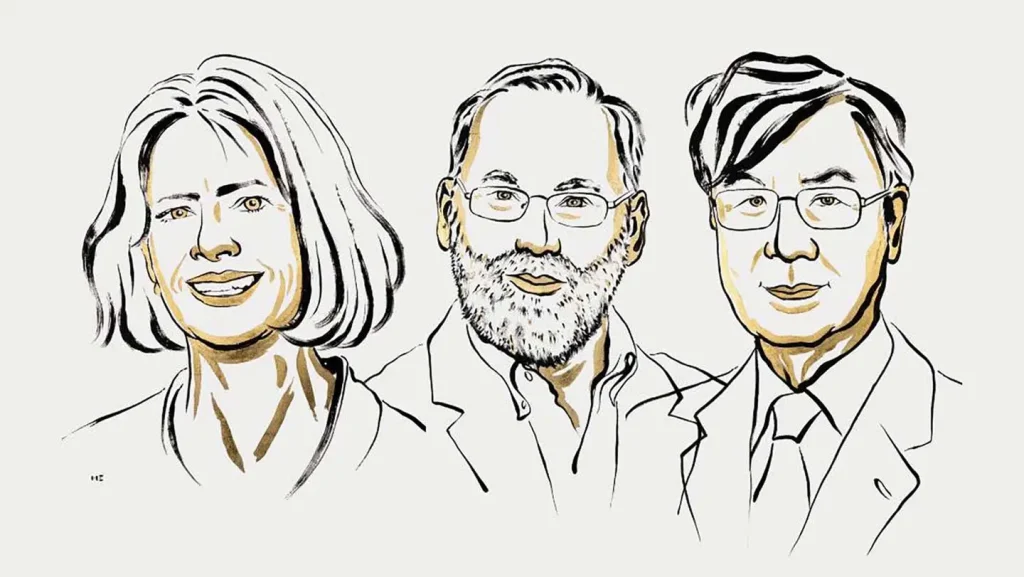Nobel Prize 2025 Honors Pioneers of Immune System Peacekeeping
The 2025 Nobel Prize in Physiology or Medicine has been awarded to a trio of scientists who discovered and characterized regulatory T cells—crucial peacekeepers of the immune system. This groundbreaking work, spanning decades of research, has revolutionized our understanding of how the body maintains immune balance and offers promising pathways for treating numerous diseases.
Shimon Sakaguchi of Japan’s Osaka University first discovered these specialized cells, known as T-regs, in 1995. He shares the prestigious award with American researchers Mary Brunkow of the Institute for Systems Biology in Seattle and Fred Ramsdell, co-founder of Sonoma Biotherapeutics. The Nobel Assembly at Sweden’s Karolinska Institute announced the prize on October 6, with the three laureates sharing the 11 million Swedish krona award (approximately $1.1 million).
Regulatory T cells serve as the immune system’s moderators, performing the vital function of calming immune responses after they’ve completed their defensive mission. When infections are cleared or wounds healed, these peacekeeping cells signal that it’s time to stand down, preventing the immune system from causing collateral damage through excessive inflammation. Perhaps even more importantly, T-regs play a critical role in preventing the immune system from attacking the body’s own healthy tissues—a malfunction that leads to autoimmune disorders. They also perform the remarkable task of preventing maternal immune rejection of developing fetuses during pregnancy, allowing new life to flourish.
The scientific journey that led to this Nobel recognition began in the 1990s, when Brunkow and Ramsdell were working at Celltech Chiroscience in Washington state. They identified a mutation responsible for a devastating autoimmune condition in male mouse pups. This genetic abnormality disabled a gene called FOXP3, which Sakaguchi later discovered was essential for the development of regulatory T cells. Without functioning FOXP3, the body cannot produce sufficient T-regs to keep the immune system in check, allowing it to attack various organs and tissues. In 2001, the American researchers made another crucial discovery—that mutations in the same FOXP3 gene cause IPEX syndrome in humans, a rare and often fatal autoimmune disorder affecting young boys.
The implications of these discoveries extend far beyond the laboratory. Scientists worldwide are now developing innovative therapies that harness the power of regulatory T cells to address numerous conditions where immune function goes awry. These potential applications include preventing rejection of transplanted organs, treating autoimmune diseases like rheumatoid arthritis and multiple sclerosis, managing food allergies, and even developing new approaches to cancer treatment. By understanding how to modulate these natural peacekeepers, medical researchers hope to restore balance to disrupted immune systems rather than merely suppressing symptoms.
As we continue to unravel the complexities of the immune system, the pioneering work of Sakaguchi, Brunkow, and Ramsdell reminds us how fundamental scientific discoveries can transform medicine. Their research exemplifies how understanding basic biological mechanisms can open new therapeutic frontiers. From identifying specialized cells to uncovering their genetic regulation and now to developing targeted treatments, this scientific journey illustrates the remarkable path from laboratory breakthrough to clinical application. The 2025 Nobel Prize celebrates not just three distinguished careers but also highlights the ongoing promise of immunology research to address some of humanity’s most challenging health conditions.















